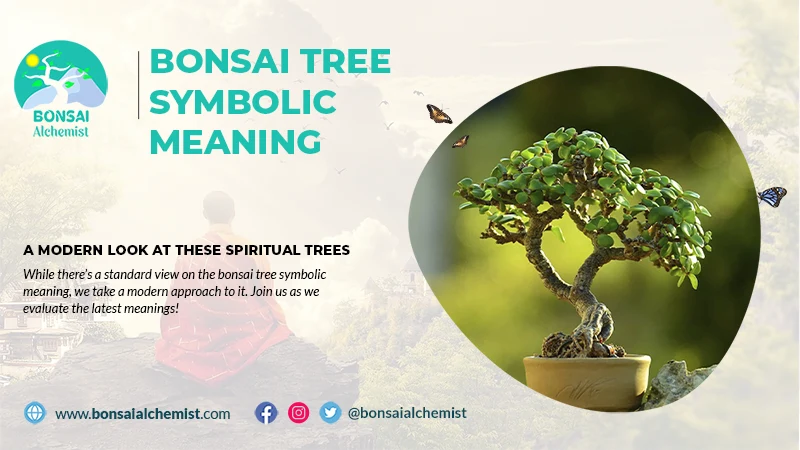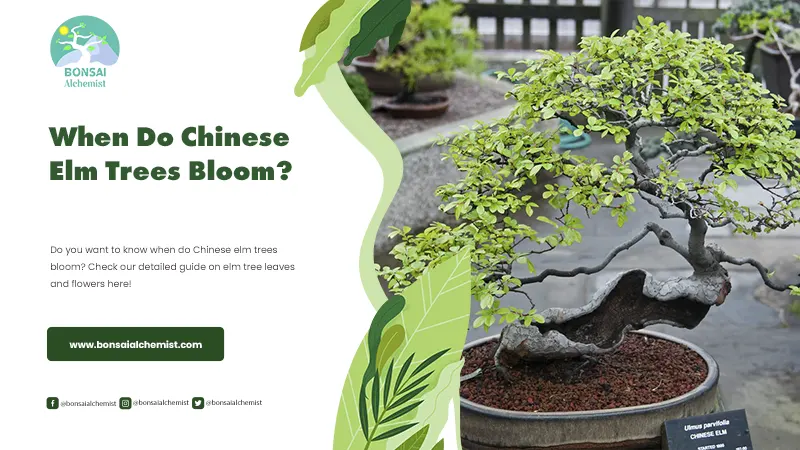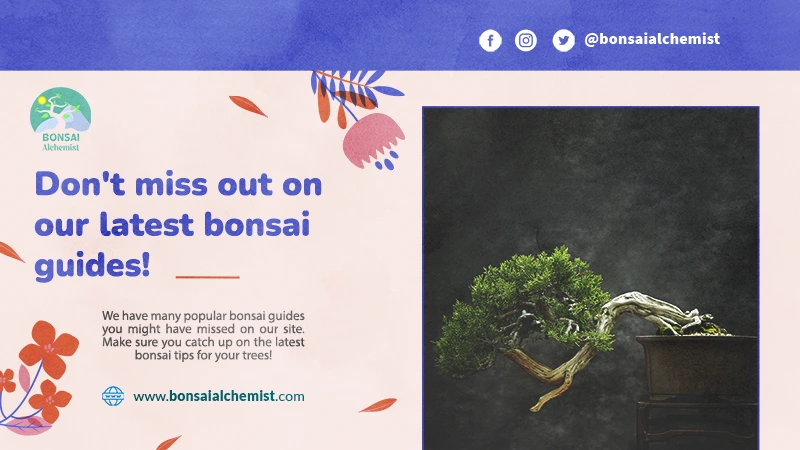Common Issues With the Money Tree Bonsai
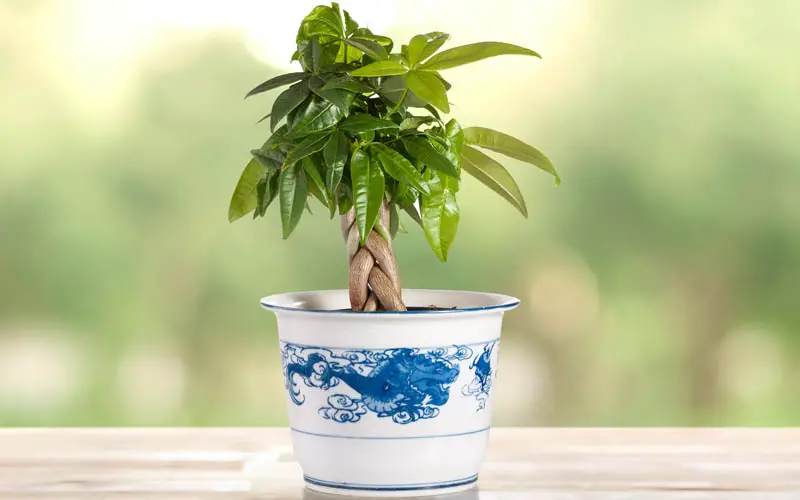
The Money Tree bonsai is a very hardy tree that is great for beginners. Even experienced bonsai enthusiasts will enjoy working with this particular tree. Despite being a very robust tree, there are some Money Tree bonsai common issues that you need to be aware of when caring for your tree.
What Are the Money Tree Bonsai Common Issues?
The Pachira Aquatica is a species of bonsai that can thrive indoors or outdoors when the conditions are right. With enough light, water, and ventilation, your Pachira Aquatica bonsai should thrive.
However, now and again, an issue might come up that could affect the health of your tree. So, it’s always good to know what to look out for and how to treat issues. Below we’ve listed some Money Tree bonsai common issues you may come across.
Issue 1: Root Rot
Root rot is a silent killer caused by overwatering. Don’t think that just because bonsai pots have drainage holes, you can water your trees often without the fear of ever overwatering. It’s still essential to be aware of how much water your tree needs and water accordingly.
The signs of root rot are wilting yellow distorted leaves, slow growth, and even mushy stems. The soil may also smell rotten. If you remove the tree from the pot, root rot is usually indicated by reddish-brown roots.
Issue 2: Insect Infestation
Insects are a common threat to all plants and can be pretty harmful to bonsai. The most common pests you will find with a Pachira Aquatica bonsai are aphids and mealybugs. If spotted and treated soon enough, your Pachira Aquatica shouldn’t suffer too much from these insects.
Issue 3: Limp Tree Trunk
This issue is one of the worst effects of overwatering, and root rot can kill your entire tree if not fixed quickly. Initially, you may notice that the trunk at the base of the tree starts to darken. The trunk may begin to look limp and wrinkled and will be mushy to the touch.
The dark color may start moving further up the trunk. If pressure is applied to the mushy trunk, it may begin to ooze a brownish fluid. Once it reaches this stage, very little can be done to save the tree, other than taking a cutting from the healthy part (if any) and hoping to salvage that bit.
Issue 4: Losing Leaves
It’s natural for trees to lose leaves now and again. However, if your tree starts to lose leaves more frequently, it can be a sign of another problem. Leaf loss can be a reaction to a draft, either hot or cold, from where you’ve placed your bonsai. It can also be caused by too much or too little water.
Issue 5: Leaves Discoloration
The leaves of your tree can be one of the first indicators you look at to determine your tree’s health. Any notable changes such as discoloration, sagging, drying out, or falling off excessively can point to an issue with your bonsai. Never ignore any of the signs of health from the leaves.
Leaves that turn yellow can indicate overwatering, and once they start turning brown, they could show root rot. Yellowing leaves can also be an indication that your tree is getting too much or too little sunlight.

How Can I Fix Issues With My Money Tree?
Most of the Money Tree bonsai common issues have solutions. If you pick up these problems quickly and address them, your Pachira Aquatica shouldn’t suffer too severely. However, if any signs are ignored or not addressed, it could lead to the tree dying.
Solution 1: Root Rot
If you suspect that your tree is suffering from root rot, you need to take immediate action. The best way to rescue a bonsai from root rot is to replant it into new, drier soil immediately. Take the bonsai out of the pot and comb out the roots making sure to remove all the soil, as the ground may contain bacteria and mold from the rotting roots that cause damage to the tree.
Cut away any rotting roots; these will be reddish-brown or black. Keep the healthy white roots to help the plant recover.
Solution 2: Insect Infestation
Once you notice any insect activity on your bonsai, you can spray the tree with an insecticide. If you prefer a less chemical solution, you can also spray down the tree with water containing a tablespoon of dish soap and a few drops of neem oil to get rid of insects.
Solution 3: Limp Tree Trunk
As explained above, a limp and mushy trunk is caused by root rot and overwatering. If you did not pick up the root rot before the trunk starts getting limp, you would have to act extremely fast to rescue your tree. You’ll have to do root pruning to remove any rotting roots and repot in a new pot with new fresh soil.
It may not work if you have to remove a lot of the roots if they are black. If this doesn’t work and you see the dark brown color move up the tree trunk, you may need to consider cutting the healthy part that is left and propagating a new tree from that cutting.
If you have a braided trunk and one tree starts to rot, you will have to act fast to fix the problem or remove the tree entirely, not introducing more harmful bacteria to your healthy trees.
Solution 4: Losing Leaves
Make sure that your tree is not in a location with a draft. You might need to find a new position for the tree if the leaf loss continues and you’ve ruled out any watering issues. Also, make sure that you allow time for the soil to dry out before watering your tree. It would usually be once a week.
Solution 5: Leaves Discoloration
When your leaves start to discolor noticeably, you need to start looking for a cause as it is an indicator of your tree’s health. Rule out any watering issues by checking the soil. If you are concerned about root rot, lift the tree out of the pot and look at the roots’ state. Also, check for any insects that could be causing harm to your bonsai.
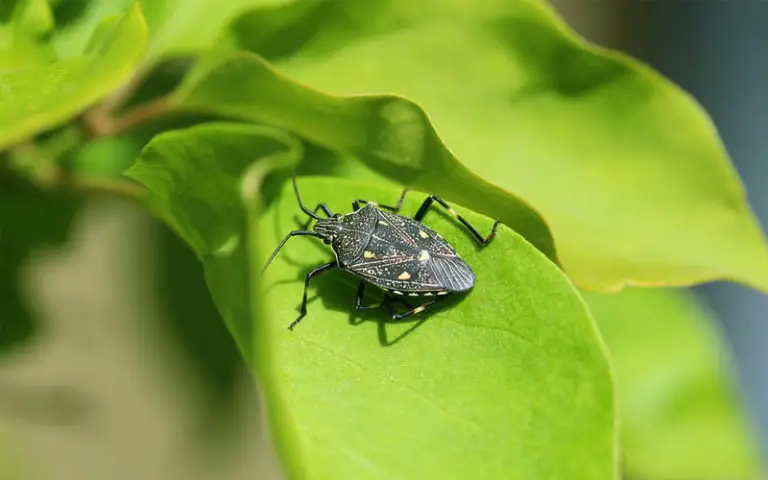
Final Thoughts
Although there are a few Money Tree bonsai common issues that can affect the health of your bonsai, overall, this is a hardy species that does well. Make sure to keep an eye on the leaves and soil, and at the first sign of changes, look for a cause. It’s the best way to fix any problems that there may be and keep your tree growing healthy.


